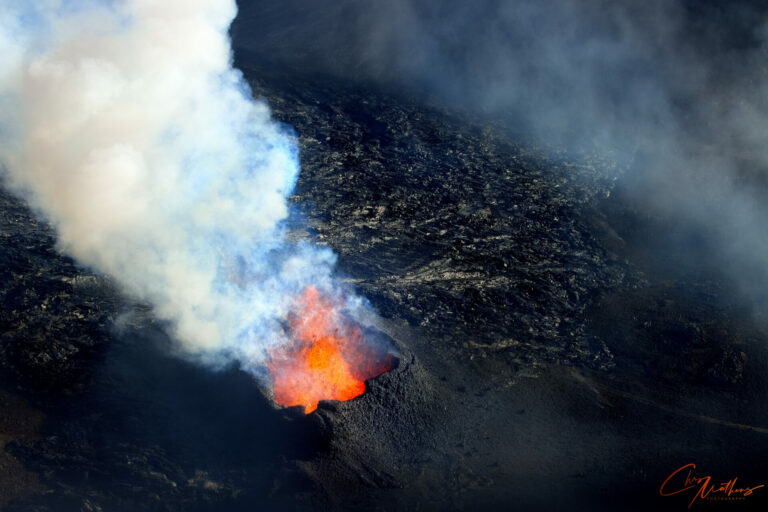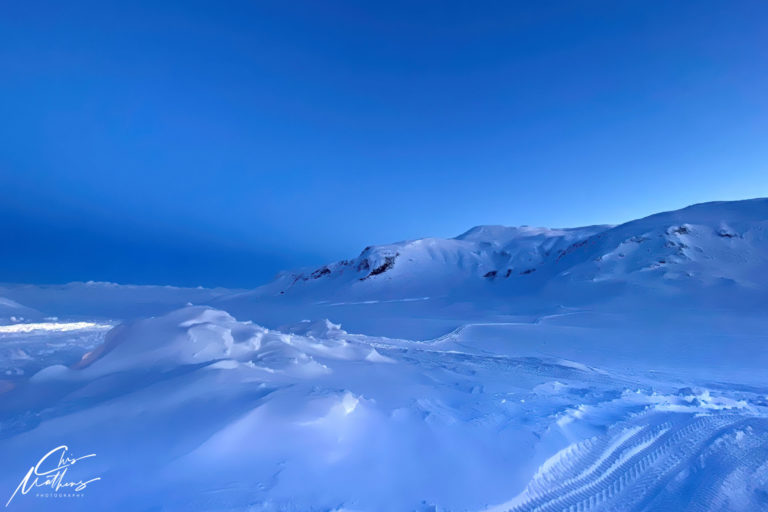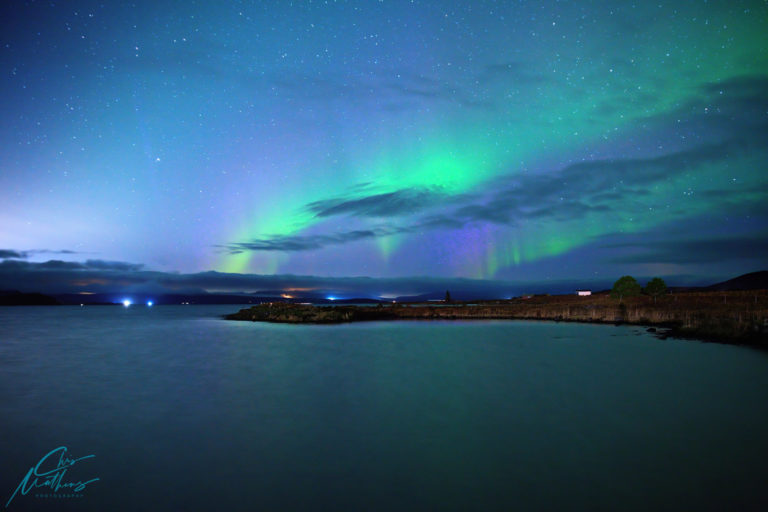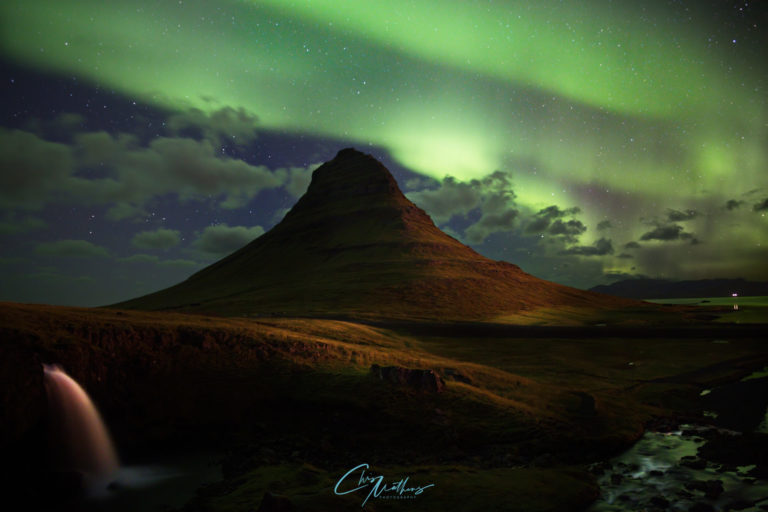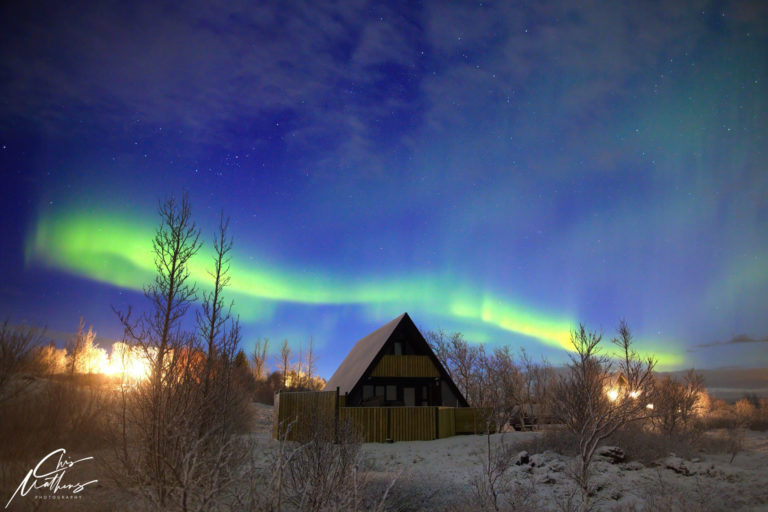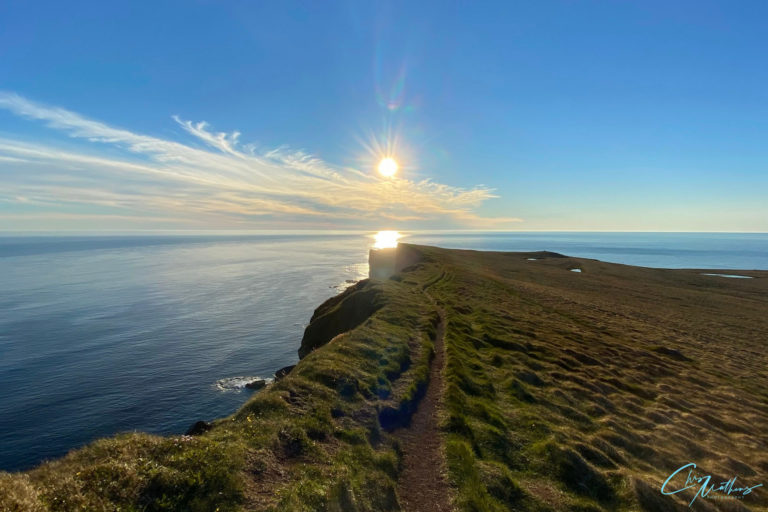Aurora season in Iceland begins in mid-to-late August, when the summer has receded enough for the stars to become visible again, and winds down in early May, when the sun completes its takeover of the skies. In between, the nights can be magical. But you need to get here when we actually have darkness!
Our favorite star also has seasons: every eleven years, it cycles from one active period to another. As the Sun becomes more active, sunspots become more common, producing flares and vast clouds of debris called coronal mass ejections, or CMEs for short. If they strike the Earth (which is, after all, a very small target very far away from the Sun), CMEs can trigger brilliant aurora displays sometimes visible in the lower latitudes. But even without a CME, residents of northern countries like Iceland get to see the lights quite often. Here, it’s less a matter of aurora hunting than just opening your front door and going “oh all right then there they are.”
We’re headed toward solar max later this year or in 2024. If you’ve ever wanted to see the northern lights, you might want to think about planning your expedition soon. For inspiration, here are a few photos from the 2022-2023 season in the land of fire and ice.
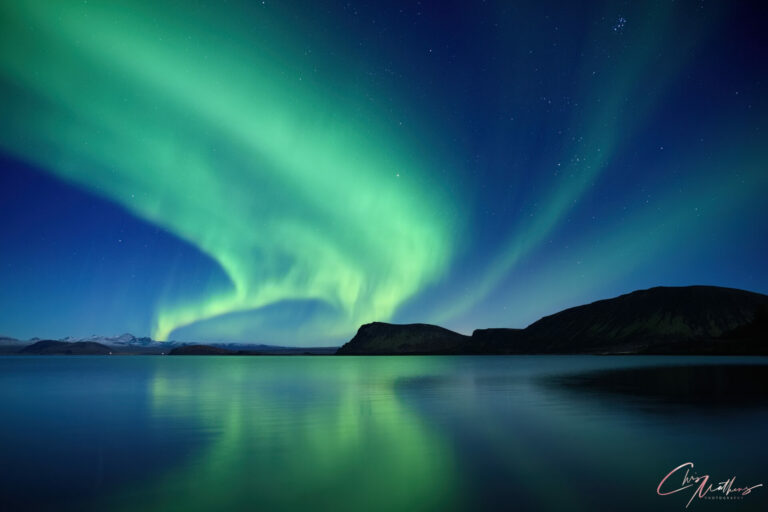
Lady Aurora shines over Hagavík, a small cove on the southern shores of Þingvallavatn, Iceland’s largest natural lake. In the distance you can see the snow-dusted mountains of the western highlands.
On The Road – Christopher Mathews – Iceland: Season’s FleetingPost + Comments (32)

